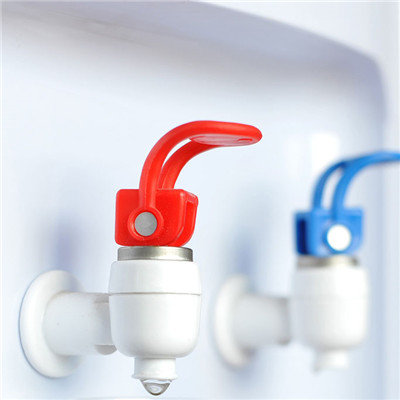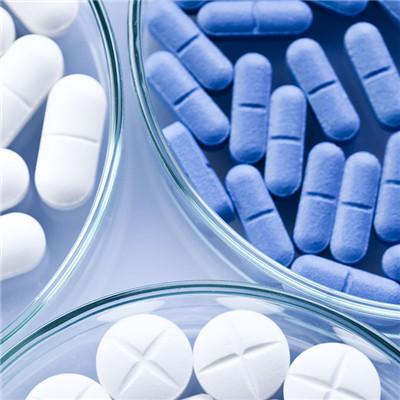Symptoms of water poisoning?
summary
When the total intake of water is much higher than the amount of water discharged, the retention of water in the body causes the decrease of plasma osmotic pressure and the increase of circulating blood volume. * it is called water poisoning, also known as diluting hyponatremia. Its symptoms depend on the speed and degree of excessive water, which can be divided into acute water poisoning and chronic water poisoning. If the degree is mild, it can be corrected by stopping water intake and eliminating excess water in the body. If it is serious, it can lead to permanent injury or death of the nervous system. Symptoms of water poisoning? Let's talk about it
Symptoms of water poisoning?
The onset of acute, due to the increase of intracellular and extracellular fluid volume, cranial cavity and spinal canal inelastic, brain cell edema, resulting in increased intracranial pressure symptoms, such as headache, aphasia, mental disorder, disorientation, drowsiness, agitation, delirium, and even coma, further development, there is the possibility of cerebral hernia, resulting in respiratory and cardiac arrest.

Severe cases include congestive heart failure, shortness of breath (when pulmonary edema occurs), pleural effusion, congestive hepatomegaly, jugular vein distention, increased pulmonary artery pressure and central venous pressure, and edema at the end of sacrum or limbs. If the blood sodium rapidly drops to below 108mmol / L within 48 hours, it may cause permanent injury or death to the nervous system.

Symptoms are generally not obvious, often covered by the symptoms of primary disease, can have weakness, nausea and vomiting, drowsiness, weight gain, pale and moist skin. When plasma osmolality decreased to 240-250 mOsm / L (blood sodium 115-120 mmol / L), neuropsychiatric symptoms such as headache, drowsiness, delirium and so on would appear. Convulsion or coma can be found when the plasma osmotic pressure drops to 230 mOsm / L (blood sodium 110 mmol / L).

matters needing attention
In addition to water restriction and diuresis, 3% ~ 5% sodium chloride solution should be used to closely observe the changes of cardiopulmonary function and adjust the dosage and speed. Generally, it is appropriate to supply by stages. Diuretics can be used at the same time to reduce blood volume. Pay attention to correct potassium metabolism disorders and acidosis.












